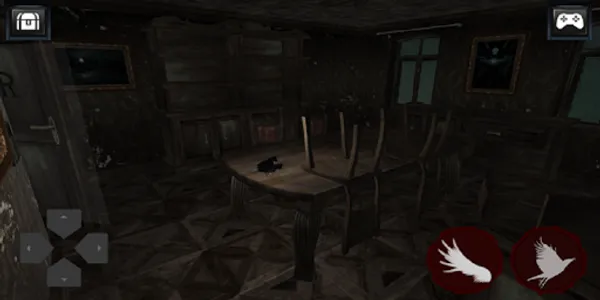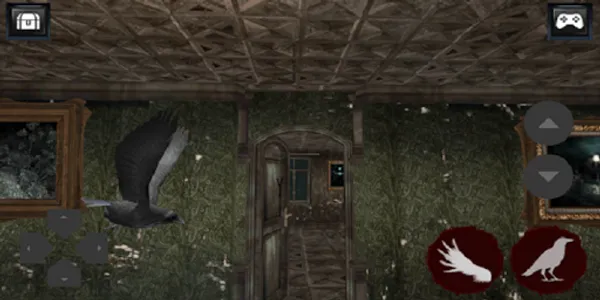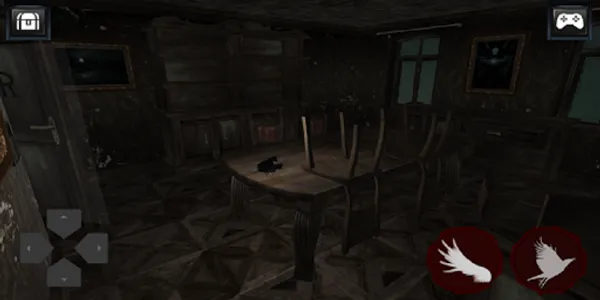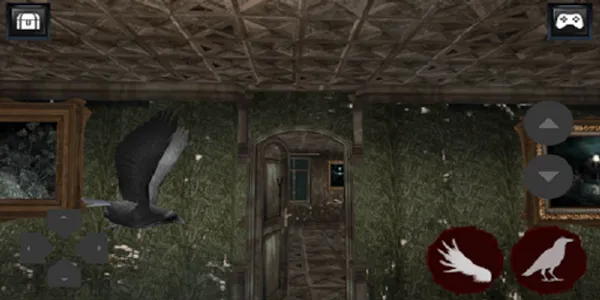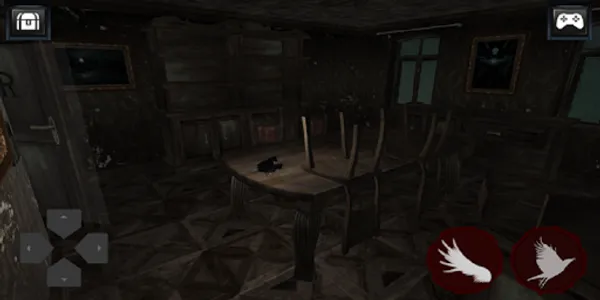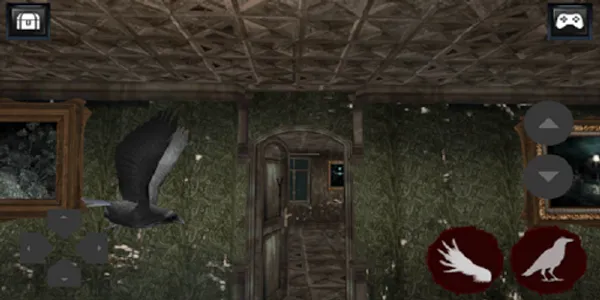ThinkCrow, as the name suggests, tells the story of a crow, who has lost his way in a city invaded by crows, and flees a crowded house. The reason for choosing the crow is that it is both a fearful feature and a cunning animal.
The models and architecture within the game are completely gothic. There are other monsters in the city, not just crows. In short, although the game is a game of discovery (escape) in the game in front of the fear items.
The game consists of fictions built upon the crow to solve the puzzles. Within the game you need to cross multiple levels by solving the fictitious crows. Levels are sequential and difficulty levels go from easy to difficult. Game mechanics are performed by examining user feedback by using learning algorithms.
WHY DOES THE HUMAN RESEARCH / HORROR GAME?
Almost all of the past-present game scenarios have a puzzle-solving logic. The discovery games are all about the puzzle and address to the young audience. When we add some mystery and fear to the game, a different kind of game is emerging. Most of the users love games that excite themselves and increase their ability. While combining these two game types, both the intelligence levels of our users have been measured and the traps stored in the game have been given a different excitement to the user.
Their skills are used to solve puzzles and to control crows. With a learning algorithm, the user will be able to understand which one he likes the most and the user will be developed with this information.
USED TECHNOLOGIES
● Artificial Neural Networks (Learning Algorithms) ● Unity 3D ● Animation and Modeling with Maya ● Database ● Analysis Programs
The models and architecture within the game are completely gothic. There are other monsters in the city, not just crows. In short, although the game is a game of discovery (escape) in the game in front of the fear items.
The game consists of fictions built upon the crow to solve the puzzles. Within the game you need to cross multiple levels by solving the fictitious crows. Levels are sequential and difficulty levels go from easy to difficult. Game mechanics are performed by examining user feedback by using learning algorithms.
WHY DOES THE HUMAN RESEARCH / HORROR GAME?
Almost all of the past-present game scenarios have a puzzle-solving logic. The discovery games are all about the puzzle and address to the young audience. When we add some mystery and fear to the game, a different kind of game is emerging. Most of the users love games that excite themselves and increase their ability. While combining these two game types, both the intelligence levels of our users have been measured and the traps stored in the game have been given a different excitement to the user.
Their skills are used to solve puzzles and to control crows. With a learning algorithm, the user will be able to understand which one he likes the most and the user will be developed with this information.
USED TECHNOLOGIES
● Artificial Neural Networks (Learning Algorithms) ● Unity 3D ● Animation and Modeling with Maya ● Database ● Analysis Programs
Show More
